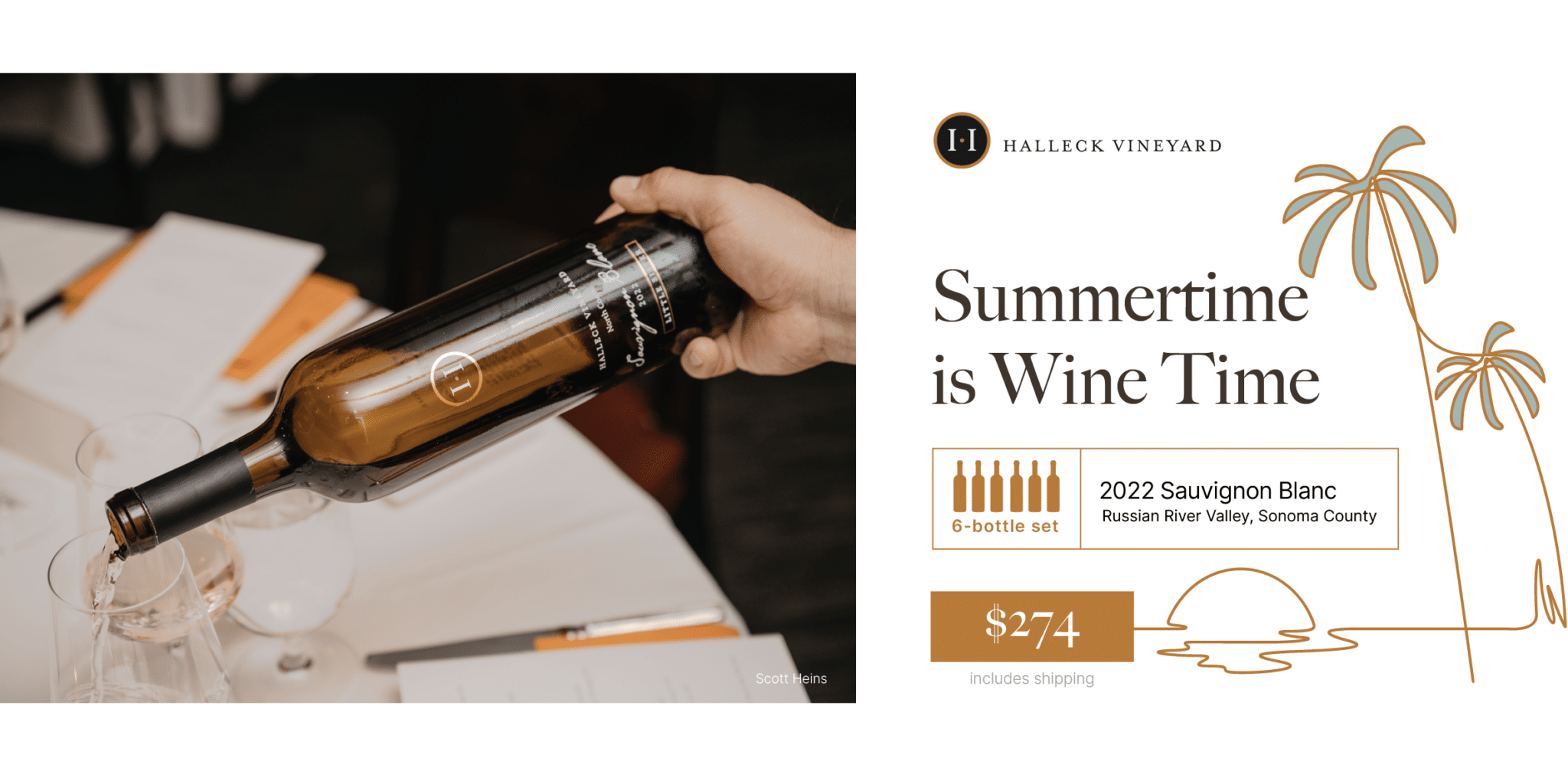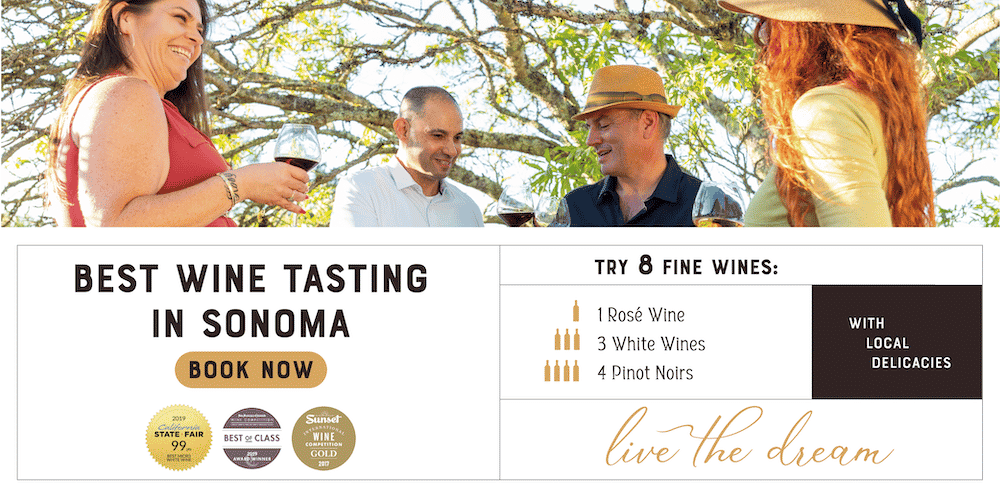The Difference Between Oaked and Unoaked Chardonnay Taste
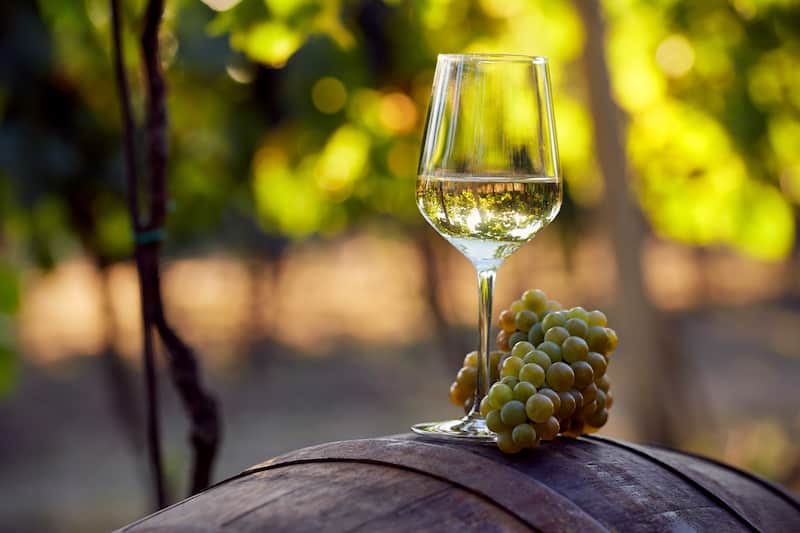
Chardonnay is the most popular white wine varietal in the world – and it’s also one of the most diverse. In fact, oaked and unoaked Chardonnay taste couldn’t be more different. Which leads many wine drinkers to scratch their heads and wonder: “What is Chardonnay, really?”
What are the characteristics of a Chardonnay grape, and what affects the flavors that end up in your glass?
We’re here to demystify this delightful white wine. We’ll discuss what makes one Chardonnay taste so different from another – so you can choose the perfect bottle to suit your personal tastes.
How does Chardonnay taste? A complete comparison
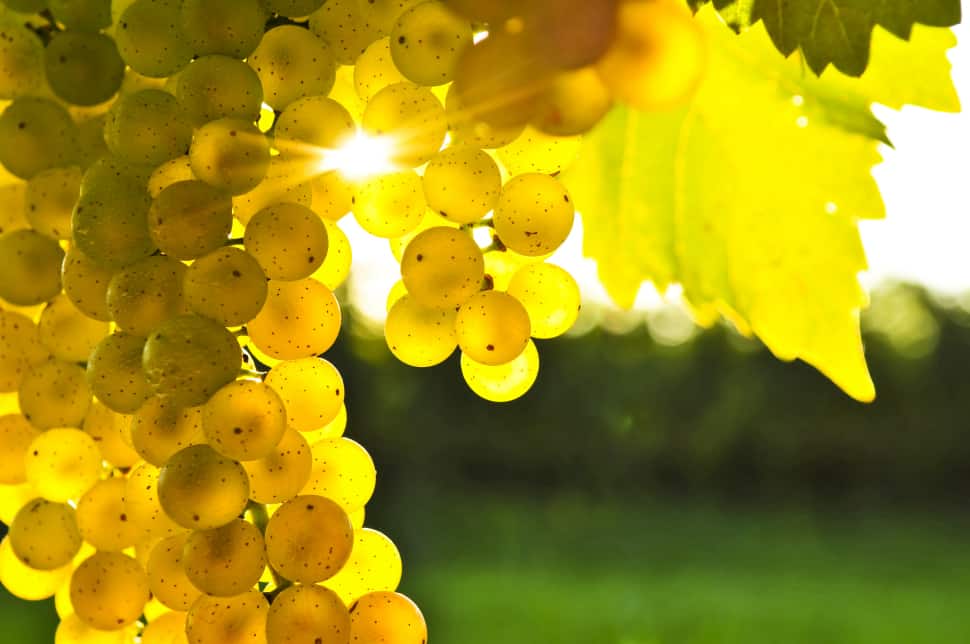
Chardonnay grapes are known as neutral grapes, which means they don’t have a lot of flavor or aromatic notes on their own. Instead, the taste of Chardonnay is affected by the terroir of the region where it was planted.
The soil, the sun, the fog, and the rain can all paint broad strokes of influence across the blank canvas of Chardonnay taste. And, as luck would have it, Chardonnay grapes are incredibly hearty and easy to grow in most winemaking regions around the world.
This means there is vast diversity in Chardonnay tastes. One plot of soil can produce a very different wine than the one next to it. A cool climate Chardonnay might taste of tart green apple or lemon zest. Meanwhile a warm climate Chardonnay may deliver tropical pineapple on your palate.
If you’ve only tried Chardonnay from one region, you are missing out on an enormous variety of mouthfeels and flavors. A Chardonnay from Burgundy, Australia, Italy, and California will almost taste like different wine varieties entirely.

Only part of this is due to the region. The rest is due to the winemaking techniques.
Because Chardonnay grapes are naturally high in acidity, and are so neutral in flavor, they lend well to aging. The strength of their structure and their fleshy texture allows them to stand up to oaking, as only few white wines can.
What is oaking, and why is it done to wine?
Oaking is the process of aging or fermenting wine in oak barrels, and the practice of oaking actually started by accident.
Before oak, the main winemaking vessel was a clay amphora, which was exceedingly popular in Europe and West Asia up through the Roman Empire. Clay was a wonderful wine vessel because it was airtight, but unfortunately it was also incredibly heavy and difficult to transport.
Eventually the Romans came across the Gauls, who were using wooden barrels to transport beer. The Romans decided to try it for their wine. They determined that oak would be the best medium because it was not only plentiful, but soft and easy to bend into barrels.
These lighter, waterproof vessels soon replaced the clay amphora in most of Europe, although the clay vessels are still used in Georgian winemaking today.

The Romans started to notice a change in the quality of their drink, after using these oak barrels to transport their wine for quite some time, . The wine had more flavor complexity and textural interest!
How does oak affect taste?
How (and how much) oak affects the flavor and texture of wine depends heavily on the choices of the winemaker. Size, toast level, length of ageing, and type of oak all play a part in the unique way oaking affects the wine’s taste.
To start, let’s talk about what takes place chemically when wine is stored in oak barrels.
Wood is a porous material that allows the wine to be exposed to oxygen and varying temperatures. This permits the wine to go through a process known as malolactic fermentation (MLF).
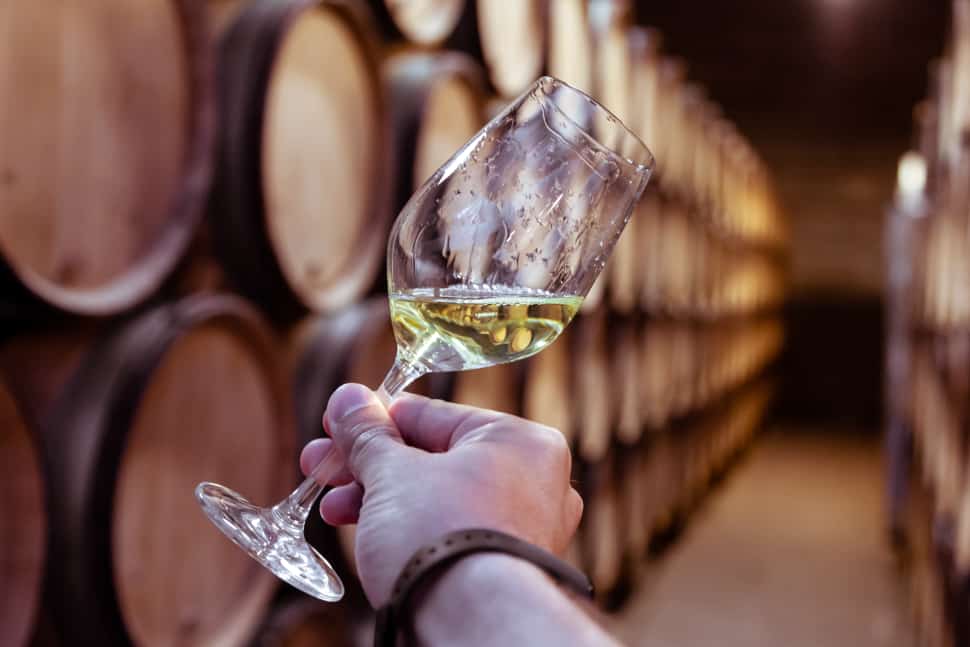
When Chardonnay goes through ML, benign bacteria changes the tart malic acid (which gives the wine its citrusy/green apple sort of flavor) into lactic acid, which is found in dairy products. The process also creates the byproduct diacetyl.
Diacetyl is what is responsible for the signature buttery flavor of oaked Chardonnay. It was also used to flavor movie theater buttered popcorn for years. The lactic acid only adds to this buttery effect by giving the wine a creamier flavor and mouthfeel.
The longer Chardonnay sits in oak, the more buttery and oily it will become. Flavors from the wood itself will also start to leech into the wine. What flavors these are depend entirely on the wood.
For example, French oak imparts flavors of vanilla bean, savory spices, and smoke. Whereas American oak lends to flavors of vanilla extract, baking spices, and coconut.
New oak barrels will more strongly affect the flavor, as will oak that has been toasted longer. Smaller oak barrels will also affect the flavor more because of the higher wood surface to wine ratio.

Neutral oak barrels, on the other hand, will only affect the mouthfeel and not the Chardonnay taste itself.
In general, an oaked Chardonnay will have a fuller body, lower acidity, and toasty, nutty, buttery, and even sweet notes.
Now you may look at those tasting notes and wonder: “is Chardonnay sweet or dry?” We’re here to tell you that even an oaked Chardonnay wine is generally made in the dry style.
When Chardonnay has been “over-vintaged, meaning it has been oaked for over a year, it can start to become cloyingly buttery and oily. This dessert-like flavor and texture is what turned off so many wine connoisseurs in the 80s, when oaky was in.
But Chardonnay grapes have many tricks up their sleeves, and so, the unoaked variety of Chardonnay started to gain popularity in the backlash against oak.
How does unoaked Chardonnay taste?
It would almost be more apt to compare unoaked Chardonnay vs Sauvignon Blanc than vs oaked Chardonnay.
Unoaked Chardonnay and Sauvignon Blanc share a number of similar flavor profiles and textures, though the Sauv Blanc is a bit more acidic and vegetal.
Unoaked Chardonnay is bright and crisp, with a lean mouthfeel that sits on the center of your tongue. This is in stark comparison to its oaky sister, which covers the entire midsection of the palate with its robust, buttery texture.
How is this distinctly different Chardonnay made? In stainless steel tanks.
Stainless steel is impermeable, creating a space free from oxygenation or temperature fluctuations. This means the wine is blocked from malolactic fermentation, and the pure fruit character of the Chardonnay is preserved.
The resulting wine sings the pure song of its homeland. An ode to the soil and sanctuary of its birth.
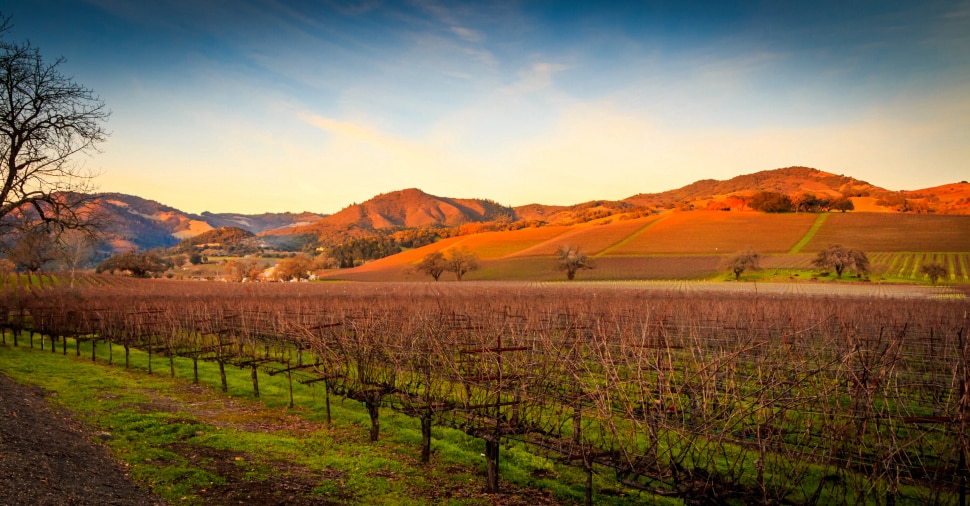
A cooler climate like Sonoma County, California; WIllamette Valley, Oregon: Loire and Chablis, France; Casablanca Valley, Chile; or Western Australia can produce Chardonnay tastes from tart lemon to zesty grapefruit to crisp green apple.
A temperate climate or later harvest in a cool climate region might produce Chardonnay tastes of yellow apple, pear, or stone fruits.
And a warmer climate like Napa Valley, California; Puglia, Italy; Burgundy, France; Mendoza, Argentine; or Southern Australia will create more tropical fruit flavors in the wine – from pineapple to passionfruit to starfruit and mango.
None of the butter, toast, or vanilla flavors from oaking will be present in an unoaked Chardonnay. Instead, you might find minerally notes in your glass – especially if it’s a cool climate unoaked Chardonnay.
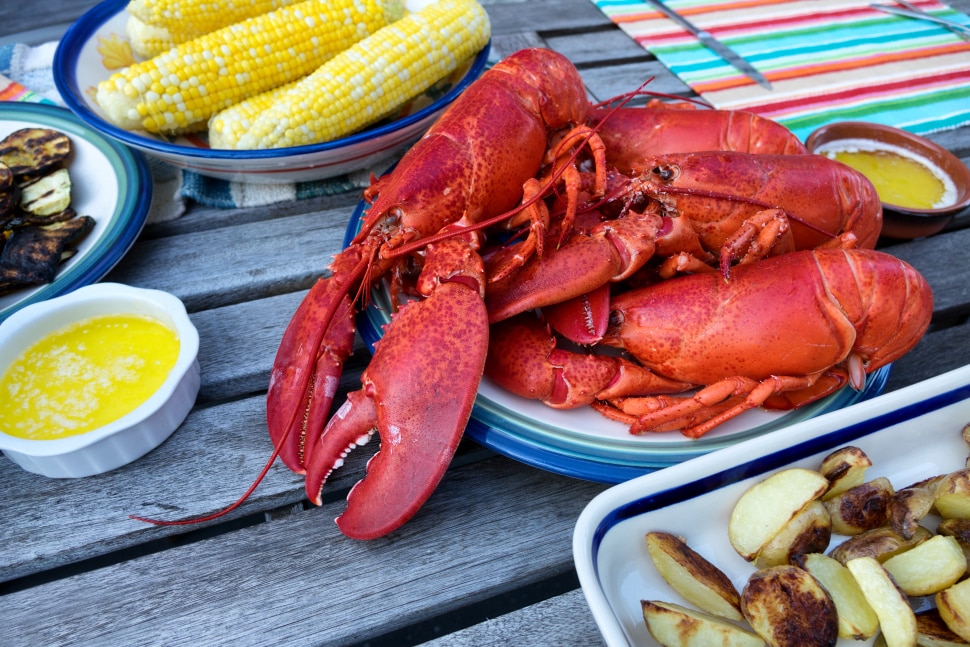
Notes of chalk, fresh soil, oyster shell, or pencil shavings can come through after the immediate nose of bright fruit. The unoaked wine will be more firm and structured, and leave you with a long, tingley, and often floral finish.
If you prefer your white wine to be on the drier and more mineral side of things, you should consider a bottle of unoaked Chardonnay over the more popular oaked variety.
Or, you can find a bottle with a balance of both. Some winemakers combine stainless steel fermentation with a few months of oak ageing. This produces a wine with just a hint of oak and a fuller mouthfeel, which can appeal to a wide range of palates.
Because of the different levels of “oakiness” that can be found in your bottle of Chardonnay, it can often be quite tricky to pair with foods. But, with a few tricks, you’ll be seamlessly integrating your bottle of Chardonnay into any mealtime.
The best food pairings for Chardonnay wine
With so many styles of Chardonnay, it’s important to discuss the nuances of each when attempting to pair your wine with food. Here are our top recommendations for Chardonnay wine on the whole, as well as what will pair best with an oaked or unoaked Chardonnay taste.
In general, you must remember the neutral quality of the grape. For that reason, it is recommended to pair your Chardonnay wine with dishes that are light, creamy, and simply seasoned.
White meats like white fish, shellfish, chicken, and pork are sure pairings when prepared in the proper styles. We will give examples for both oaked and unoaked wines below.
Something easier to talk about while generalizing are foods that are best to avoid.
Strong pungent or spicy foods can easily overwhelm your Chardonnay wine. For this reason it’s best not to pair it with Chinese, Indian, or Thai cuisine.
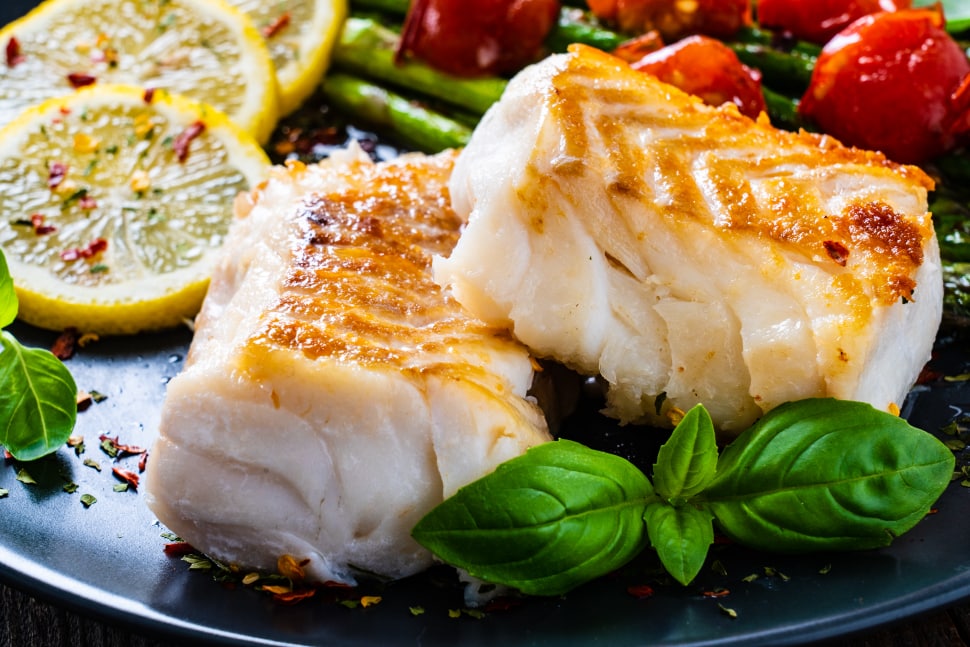
Unless your Chardonnay is quite acidic, like an unoaked cool climate Chardonnay, it’s also best to avoid acidic foods. Too much acid, such as in capers, olives, raw tomatoes, or tart vinaigrettes, can make your Chardonnay taste sour. The same can be said for bitter greens.
It’s also important not to serve your wine too cold, as temperature below 48 degrees will greatly dull the Chardonnay taste and inhibit its pairing potential.
But enough about what NOT to do. Here is how you should pair your bottle of oaked or unoaked Chardonnay wine.
Food pairings for oaked Chardonnay
If you have a big, oaky bottle of Chardonnay wine, then it’s important to play off the toasty, buttery flavors that ooze from your glass. Here are some of the best pairings for an oaky Chardonnay taste.

Roasted foods
Oaked Chardonnay has soaked up the flavors of the toasted oak barrels it was housed in, so it pairs particularly well with toasty food flavors like roasted nuts, flaky pastries, and grilled or smoked meats and vegetables.
A crisp-skinned roasted chicken, seared scallops, grilled lobster, or hazelnut-crusted pork will all be sublime with your glass of oaked Chardonnay.
You might also wish to incorporate slow roasted tomatoes or caramelized onions into your dish.
Rich foods
If your glass of wine has that butter Chardonnay flavor, then it’s great to pair with buttery foods as well. Think butternut squash ravioli in sage and browned butter, or fresh lobster with butter and cream.
You can also try other dishes with rich, creamy sauces, like eggs benedict, steak béarnaise, or a creamy risotto or soup.
A particularly rich Chardonnay can even hold up nicely against a seared foie gras.
Bold cheeses
If you have a heavily oaked Chardonnay, you might want to pair it with a bolder cheese like Camembert, English hard cheddar, or even blue cheese. A lightly oaked glass is a perfect match for a medium cheddar as well.
Seafood
When it comes to seafood, your oaked Chardonnay will pair well with white flaky fish and shellfish – especially if they have been grilld. A very oaky bottle is wonderful with a pan-seared salmon as well.
Late summer vegetables
When choosing vegetables to pair with your wine, think late summer (and even autumn) vegetables like corn, red pepper, pumpkin, and butternut squash.
Food pairings for unoaked Chardonnay
If you have a bottle of unoaked Chardonnay, you will want to play off the bright, minerally, and acidic qualities in your wine. Here are some of our favorite pairings for unoaked Chardonnay.
Lightly herbed foods
Remember, it can be easy to overwhelm delicate Chardonnay grape flavors. As such, a crisp Chardonnay is best paired with simply prepared foods like baked white fish or poultry in butter and herbs.
Tarragon, basil, dill, mustard, and pesto sauce are all fabulous flavors to play with in your pairings.
A simple pasta or chicken in mushrooms and herbs will be an absolute success with your unoaked Chardonnay.
Bright, acidic foods
While too much acid can completely ruin the flavor of your oaked Chardonnay, an unoaked bottle can truly be complemented by a bit of acidity. Try an appetizer with fresh tomato, or poached chicken in a lemon and tarragon sauce.
Creamy cheeses
You’ll want to keep your cheeses like and refreshing like your wine. Try pairing your unoaked Chardonnay with goat cheese, brie, or fresh mozzarella. A mushroom and brie pizza is a sure pairing with an unoaked Chardonnay taste.
Seafood
Unoaked Chardonnay is wonderful with raw, steamed, and lightly cooked seafood. It can make a surprisingly good sushi wine, and is also fabulous with crab, prawns, scallops, clams, mussels, and lobster.
Try a simple lobster with drawn butter, a classic crab roll, or a creamy shrimp dip with your wine.
A particularly mineral variety of unoaked Chardonnay – such as a Chablis – is also the perfect pairing for oysters.
Spring vegetables
The flavors in your unoaked wine will sing best with spring vegetables. Think green peas, asparagus, edamame, white beans, and spinach. Try a spring vegetable risotto or soup to bring out the best flavors in your glass.
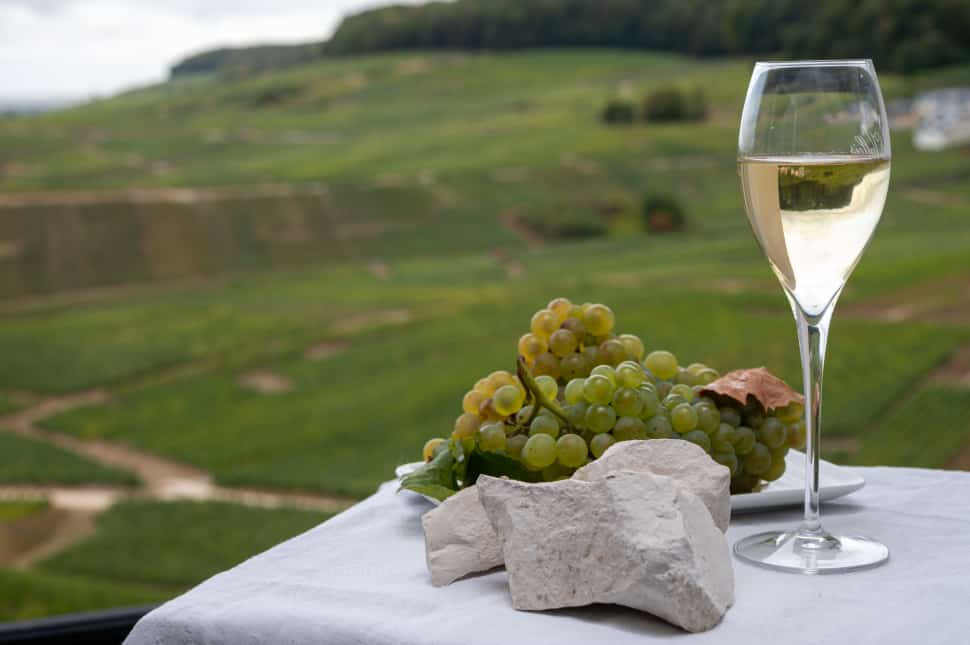
Find the perfect Chardonnay taste for your palate
No matter what kind of wine you prefer, there is a Chardonnay for you. If you prefer dry, crisp, mineraly wines, try a cool climate unoaked Chardonnay.
If you’re looking for a dry, fruity wine with a zing, try a temperate, warm climate, or late harvest unoaked Chardonnay.
Looking for a bold mouthfeel and luscious texture to pair with roasted meats and spices? Then an oaked Chardonnay will be your best friend.
And, if you want the best of both worlds, there are some truly magnificent bottles of Chardonnay that have been fermented in both stainless steel and neutral oak to produce a rounded mouthfeel while allowing the beautiful fruit flavors to shine through.
Take our Chardonnay wine at Halleck Vineyard for example. It’s the perfect balance of unoaked and oaked Chardonnay tastes.
Made in a dry, Chablis style, our Sobre Vista Chardonnay has beautiful notes of apple, pear, and citrus, with qualities of minerality and salinity on the back of the palate.
You can try it for yourself during your wine tasting in Sonoma County, or order a few bottles to sip from the comfort of your home.


